Birdfinding.info ⇒ Common and easy to find on Cozumel, where it is the only wren. Seems most numerous along the road north of the airport, especially around the country club and sewage treatment plant. It can also be found around San Miguel, San Gervasio, and the villages of San José and El Cedral.
Cozumel Wren
Troglodytes beani
Endemic to Cozumel, where it occurs in brushy woodlands and edge habitats.
Identification
A small, plain wren with mostly whitish underparts.
The upperparts are brown with rusty tones and subtle barring on the wings, rump, and tail.
The bill is dark above and yellowish or orangish below. The legs are pale pink.
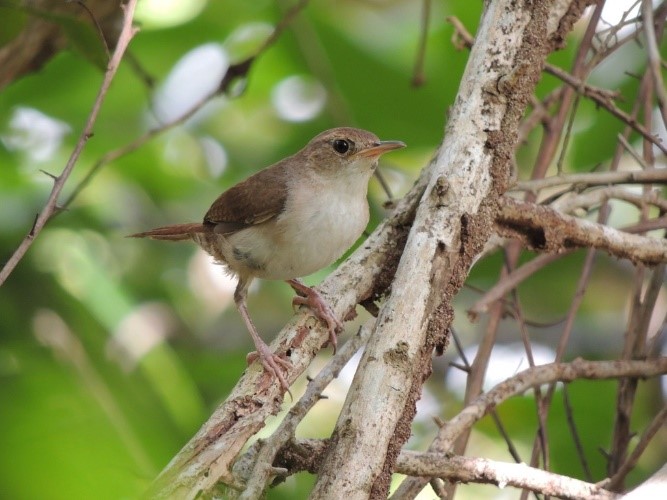
Cozumel Wren, showing characteristically whitish underparts and pink legs. (San Miguel Sewage Treatment Plant, Cozumel, Quintana Roo, Mexico; April 4, 2019.) © Ismael Arellano Ciau (ichitours.com)
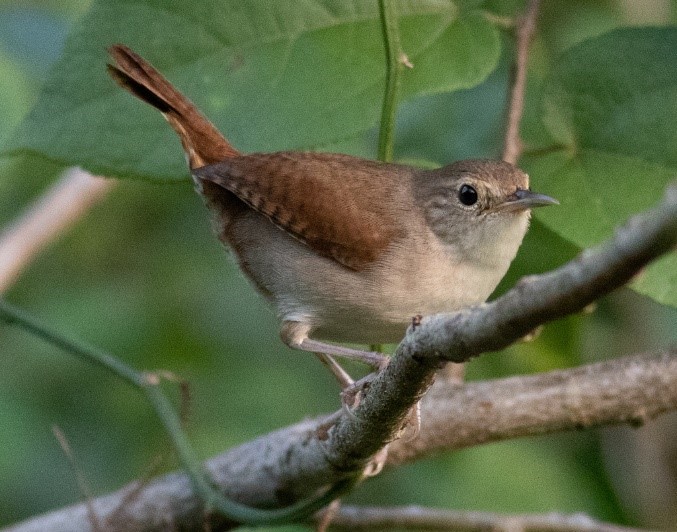
Cozumel Wren, showing rusty-brown, faintly barred wings and tail. (San José, Cozumel, Quintana Roo, Mexico; December 20, 2018.) © Daniel Fitzgerald
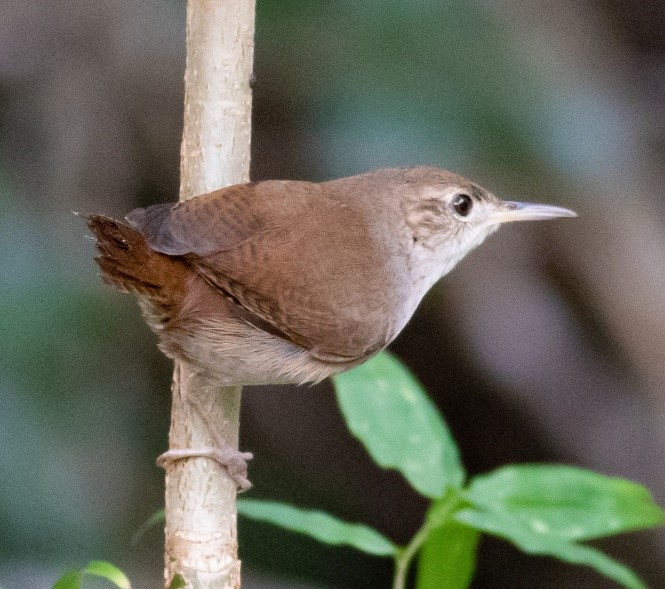
Cozumel Wren, showing rusty-brown, faintly barred wings and tail. (San Miguel, Cozumel, Quintana Roo, Mexico; December 17, 2018.) © Daniel Fitzgerald
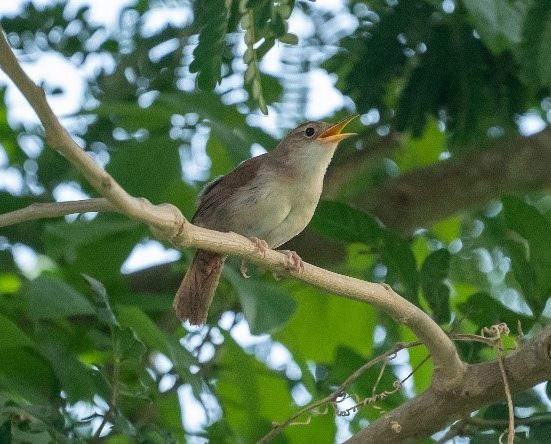
Cozumel Wren, showing mostly yellow bill. (Punta Norte, Cozumel, Mexico; July 3, 2018.) © Patrick VanThull
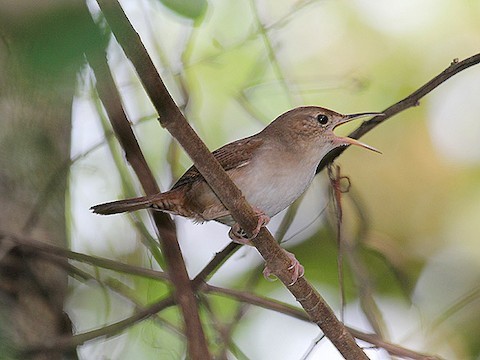
Cozumel Wren, showing barred vent and pink legs. (San Gervasio, Cozumel, Quintana Roo, Mexico; February 4, 2014.) © Tim Avery
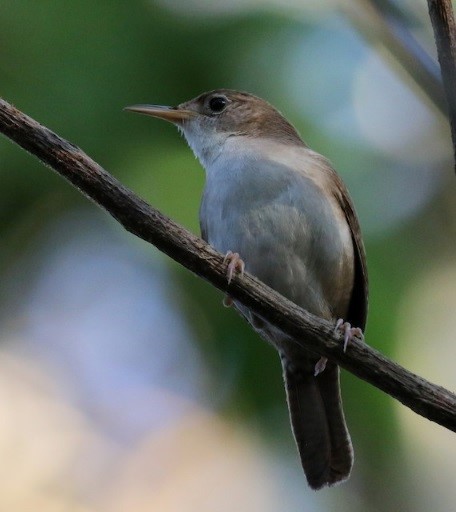
Cozumel Wren, showing characteristically whitish underparts. (Clube de Campo Cozumel, Cozumel, Quintana Roo, Mexico; March 9, 2018.) © Matthew Grube

Cozumel Wren, showing whitish underparts, rusty-brown, faintly barred wings, grayish-brown head and neck, and pink legs. (San Gervasio, Cozumel, Quintana Roo, Mexico; November 17, 2013.) © Martin Reid

Cozumel Wren—note faint barring on the wings. (Clube de Campo Cozumel, Cozumel, Quintana Roo, Mexico; March 9, 2018.) © Matthew Grube

Cozumel Wren. (Punta Norte, Cozumel, Mexico; February 26, 2018.) © Tom Benson

Cozumel Wren, showing whitish underparts and pink legs. (San Miguel, Cozumel, Quintana Roo, Mexico; December 17, 2018.) © Daniel Fitzgerald
Voice. Distinctive song structure consists of a few rough notes followed by a flurry of whistles, sometimes with additional elements inserted at differing tempos. There are many variations:
Notes
Monotypic species. Often considered a subspecies of House Wren—or Southern House Wren, when differentiated—but Cozumel Wren has distinctive plumage and vocalizations, so there is a strong case for regarding it as a separate species.
References
BirdLife International. 2017. Troglodytes beani (amended version of 2017 assessment). The IUCN Red List of Threatened Species 2017: e.T103886977A119511620. http://dx.doi.org/10.2305/IUCN.UK.2017-3.RLTS.T103886977A119511620.en. (Accessed November 30, 2019.)
Brewer, D., and B.K. MacKay. 2001. Wrens, Dippers, and Thrashers. Yale University Press. New Haven.
eBird. 2019. eBird: An online database of bird distribution and abundance. Cornell Lab of Ornithology, Ithaca, N.Y. http://www.ebird.org. (Accessed November 29, 2019.)
Howell, S.N.G., and S. Webb. 1995. A Guide to the Birds of Mexico and Northern Central America. Oxford University Press, Oxford.
Kroodsma, D., and D. Brewer. 2019. Cozumel Wren (Troglodytes beani). In Handbook of the Birds of the World Alive (J. del Hoyo, A. Elliott, J. Sargatal, D.A. Christie, and E. de Juana, eds.). Lynx Edicions, Barcelona. https://www.hbw.com/node/58155. (Accessed November 30, 2019.)
